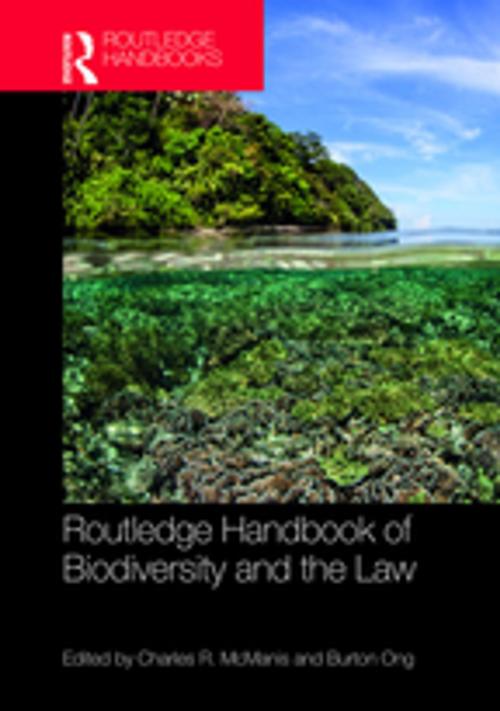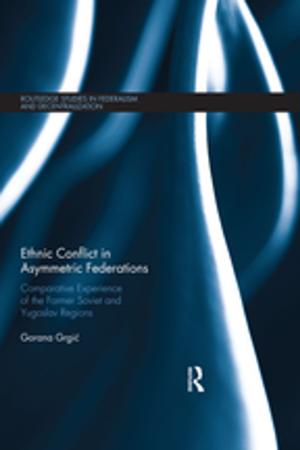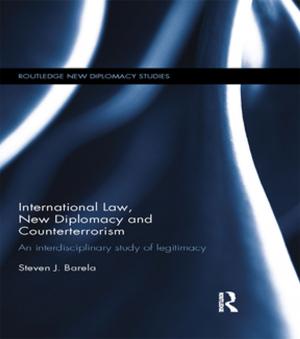| Author: | ISBN: | 9781315530833 | |
| Publisher: | Taylor and Francis | Publication: | November 27, 2017 |
| Imprint: | Routledge | Language: | English |
| Author: | |
| ISBN: | 9781315530833 |
| Publisher: | Taylor and Francis |
| Publication: | November 27, 2017 |
| Imprint: | Routledge |
| Language: | English |
This volume provides a reference textbook and comprehensive compilation of multifaceted perspectives on the legal issues arising from the conservation and exploitation of non-human biological resources. Contributors include leading academics, policy-makers and practitioners reviewing a range of socio-legal issues concerning the relationships between humankind and the natural world.
The Routledge Handbook of Biodiversity and the Law includes chapters on fundamental and cutting-edge issues, including discussion of major legal instruments such as the Convention on Biological Diversity and the Nagoya Protocol.
The book is divided into six distinct parts based around the major objectives which have emerged from legal frameworks concerned with protecting biodiversity. Following introductory chapters, Part II examines issues relating to conservation and sustainable use of biodiversity, with Part III focusing on access and benefit-sharing. Part IV discusses legal issues associated with the protection of traditional knowledge, cultural heritage and indigenous human rights. Parts V and VI focus on a selection of intellectual property issues connected to the commercial exploitation of biological resources, and analyse ethical issues, including viewpoints from economic, ethnobotanical, pharmaceutical and other scientific industry perspectives.
This volume provides a reference textbook and comprehensive compilation of multifaceted perspectives on the legal issues arising from the conservation and exploitation of non-human biological resources. Contributors include leading academics, policy-makers and practitioners reviewing a range of socio-legal issues concerning the relationships between humankind and the natural world.
The Routledge Handbook of Biodiversity and the Law includes chapters on fundamental and cutting-edge issues, including discussion of major legal instruments such as the Convention on Biological Diversity and the Nagoya Protocol.
The book is divided into six distinct parts based around the major objectives which have emerged from legal frameworks concerned with protecting biodiversity. Following introductory chapters, Part II examines issues relating to conservation and sustainable use of biodiversity, with Part III focusing on access and benefit-sharing. Part IV discusses legal issues associated with the protection of traditional knowledge, cultural heritage and indigenous human rights. Parts V and VI focus on a selection of intellectual property issues connected to the commercial exploitation of biological resources, and analyse ethical issues, including viewpoints from economic, ethnobotanical, pharmaceutical and other scientific industry perspectives.















